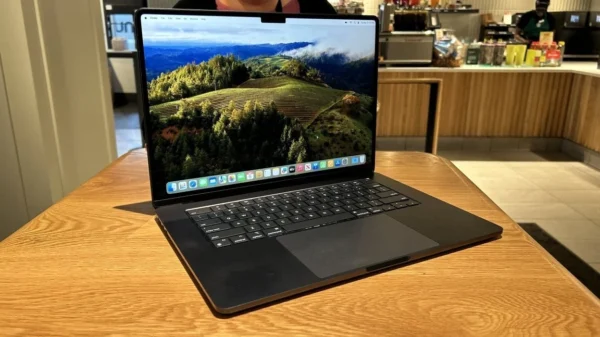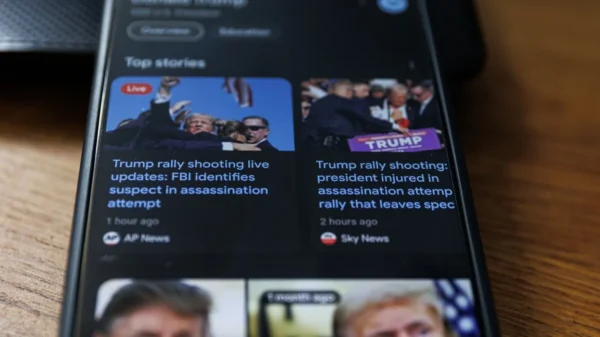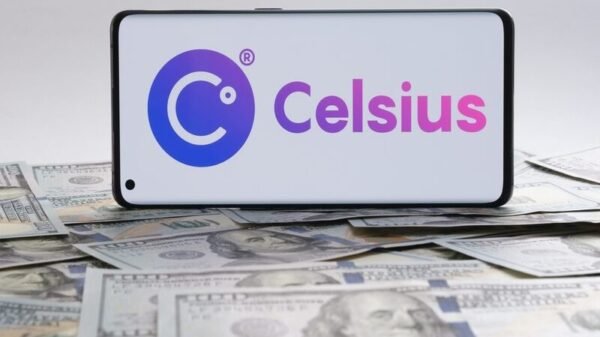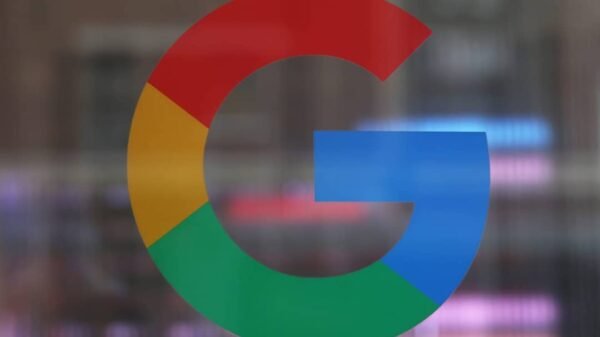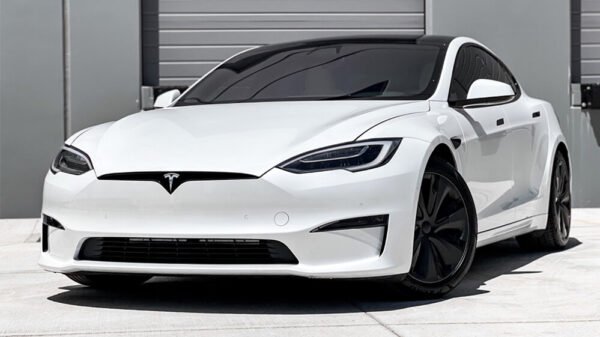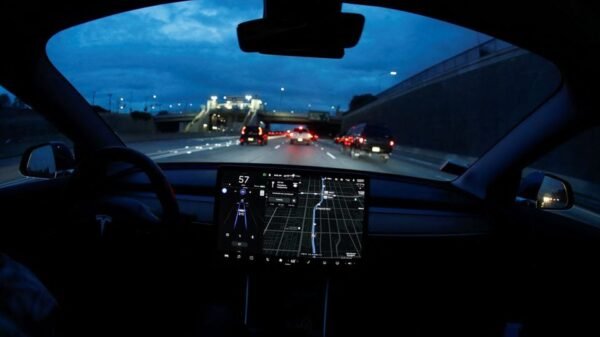US FTC: Amazon made $1 billion using a covert algorithm to raise prices. The U.S. Federal Trade Commission said in a new court document on Thursday that Amazon.com (AMZN.O.) employed several illicit tactics to increase profits at its online retail business, including an algorithm that raised prices for American families by more than $1 billion.
The Federal Trade Commission filed a case in September, but many facts were kept secret until last Thursday when the U.S. District Court in Seattle released a version of the lawsuit with fewer redactions.
Amazon developed a “secret algorithm internally code named ‘Project Nessie’ to identify specific products for which it predicts other online stores will follow Amazon’s price increases…. Amazon used Project Nessie to extract more than a billion dollars directly from American consumers’ wallets,” according to the Federal Trade Commission. Amazon has one billion items in its online superstore.
The FTC “grossly mischaracterizes” the pricing tool, according to Amazon spokesperson Tim Doyle, and the business ceased using it some years ago. “Nessie was used to try to stop our price matching from resulting in unusual outcomes where prices became so low that they were unsustainable,” Doyle stated.
According to the lawsuit, Amazon started experimenting with its pricing algorithm in 2010 to determine if other online merchants were following its prices and to increase the cost of items that they thought competitors could be tracking.
The FTC claimed that Amazon would continue to sell the goods at an inflated price even after other merchants started matching or raising their pricing, resulting in an excess profit of $1 billion. According to the FTC, Amazon stopped using its algorithm during its Prime Day sales events and the Christmas shopping season, when the online retailer was the focus of increased attention from the media and customers.
“After the public’s focus turned elsewhere, Amazon turned Project Nessie back on and ran it more widely to make up for the pause,” the complaint stated.
The complaint stated that before stopping it in 2019, Amazon utilized it in April 2018 to set pricing for more than 8 million goods that consumers had purchased, costing them about $194 million.
According to the lawsuit, Amazon retail executive Doug Herrington inquired in January 2022 about using “old friend Nessie, perhaps with some new targeting logic” to increase sales for Amazon’s retail division.
Amazon is accused in the FTC lawsuit of destroying communications between June 2019 and early 2022 to conceal information about its activities from antitrust regulators through the use of the Signal messaging app’s disappearing message function.
GOING AFTER SELLERS
According to the FTC, Amazon also mandated that sellers using its Prime feature utilize its shipping and logistics services, even though many would prefer to use a service that was less expensive or that catered to consumers from other platforms where they sell.
Amazon’s global fulfillment chief, an unidentified Amazon executive, was accused by the FTC of having an “oh crap” moment when he realized that allowing sellers to be on Prime without using Fulfillment by Amazon was “fundamentally weakening [Amazon’s] competitive advantage” and that sellers were being encouraged “to run their own warehouses.”
According to the FTC, Amazon’s typical costs for merchants using its fulfillment services went from 27% in 2014 to 39.5% in 2018.
TARGETING MACY’S
The FTC stated in the lawsuit that Amazon forbids the sale of goods on its platform to other large online retailers, such as Walmart.com. In his testimony, Mr. Bezos responded, “It’s just different because of the scale and [because of] the competitive situation and so on,” when asked why Amazon treated Walmart.com differently than smaller merchants.
Amazon is accused of discouraging Walmart in 2017 from providing discounts to online customers who picked up their purchases from Walmart locations in a highly redacted part of the case. A request for comment from Walmart was not immediately answered.
One Amazon seller is mentioned in the lawsuit as having implemented a policy to “absolutely sure that our products are not priced lower on Walmart than they are on Amazon” in response to pressure from the online retailer.

